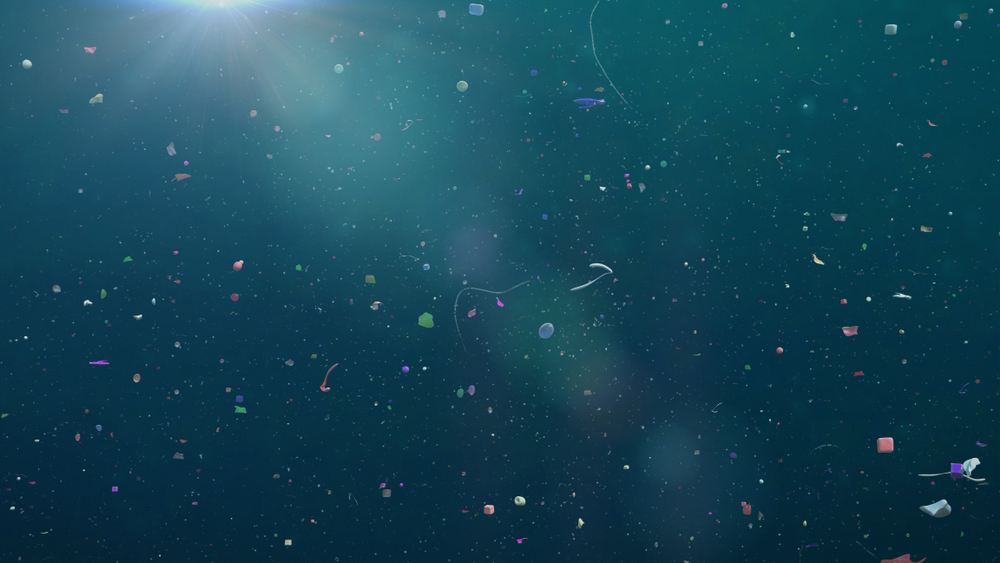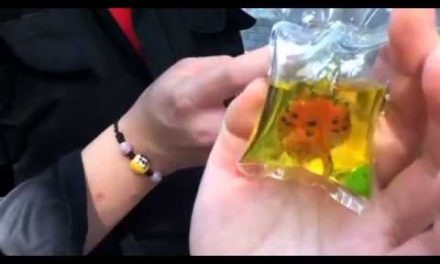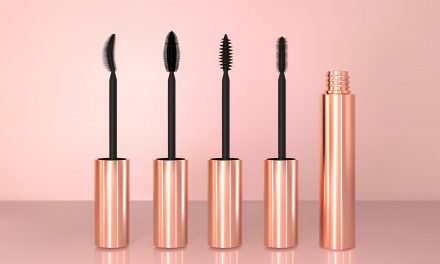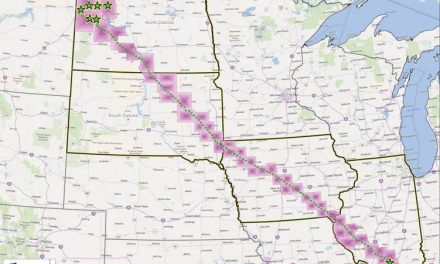A new study has found that even in the Arctic, which is considered to be one of the world’s last pristine environments, microscopic particles of plastic are falling out of the sky with snow.
A German-Swiss team of researchers recently published the results of their study in the journal Science Advances. The scientists said they were disturbed by the sheer number of particles they found – more than 10,000 of them per liter (2,642 per gallon) in the Arctic.
Though the health implications are not fully known, it means that people are likely to be breathing in microplastics from the air in the Arctic. In addition to plastics, the scientists also found rubber fibers and particles in the snow.
RELATED STORY:
To carry out the study, researchers gathered snow samples from the Svalbard islands using a fundamental method – a dessert spoon and a flask. Once back in the laboratory at Germany’s Alfred Wegener Institute in Bremerhaven, they were shocked to discover several more contaminating particles than they’d expected. Many of the particles were minuscule in size, and it was difficult to determine where they had originated.
There were particles of plastic, as well as fragments of rubber tires, paint, varnish, and what appeared to be synthetic fibers. The lead scientist, Dr. Melanie Bergmann, told BBC News:
“We expected to find some contamination but to find this many microplastics was a real shock. It’s readily apparent that the majority of the microplastic in the snow comes from the air.”1
RELATED STORY:
The existence of so many varnish particles in the Arctic was a mystery. The researchers concluded that some of the contamination may have come from ships scraping against the ice. But they also hypothesize that some may have come off wind turbines. The fiber particles may be from people’s clothing, but it is impossible to tell. Dr. Bergmann explained:
“We have to ask – do we need so much plastic packaging? Do we need all the polymers in the paints we use? Can we come up with differently designed car tires? These are important issues.”1
Microplastics are particles that are below 5mm in size. Addressing their possible effects on humans, Dr. Bergmann explained:
“We don’t know if the plastics will be harmful to human health or not. But we need to take much better care of the way we’re treating our environment.”1
The researchers believe microplastics are being blown about by winds and then somehow transported long distances through the atmosphere. They don’t fully understand how this happens. The particles are then dumped out of the atmosphere through precipitation, mainly snow.
RELATED STORY:
A study last spring by a French-British team showed that microplastics were falling from the sky onto the French Pyrenees, another supposedly natural region. Researchers have also found plastics in the atmospheric fallout of Dongguan,Tehran in Iran, and Paris, France. Again, the researchers are not sure about the origin of the pollution.
Dr Eldbjørg Sofie Heimstad, from the Norwegian Institute for Air Research called Kjeller, (who was not involved in the latest study) told BBC that some of the particle pollution was local and some had drifted from afar. She said:
“We know that most of what we are analyzing up there and measuring are long-range transported pollution coming from [Europe], from Asia, coming from all over the world. Some of these chemicals have properties that are a threat for the ecosystem, for living animals.“1
RELATED STORY:
The results follow on the heels of an exclusive BBC report last year stating that the highest concentrations of plastic particles in the ocean were found in Arctic sea-ice. Plastic trash is also drifting for hundreds or even thousands of kilometers to land on remote Arctic beaches.
It is saddening news for people who have valued the far north as one of the last primitive environments on Earth. At a dog sledding center near Tromsø in the Norwegian Arctic, one of the staff, Lili, told BBC:
“It makes me incredibly sad. We’ve got plastics in the sea-ice. We’ve got plastics in the ocean and on the beaches. Now plastic in snow.
“Up here we see the beauty of it every day, and to see that it’s changing so much and being tainted – it hurts.“1












